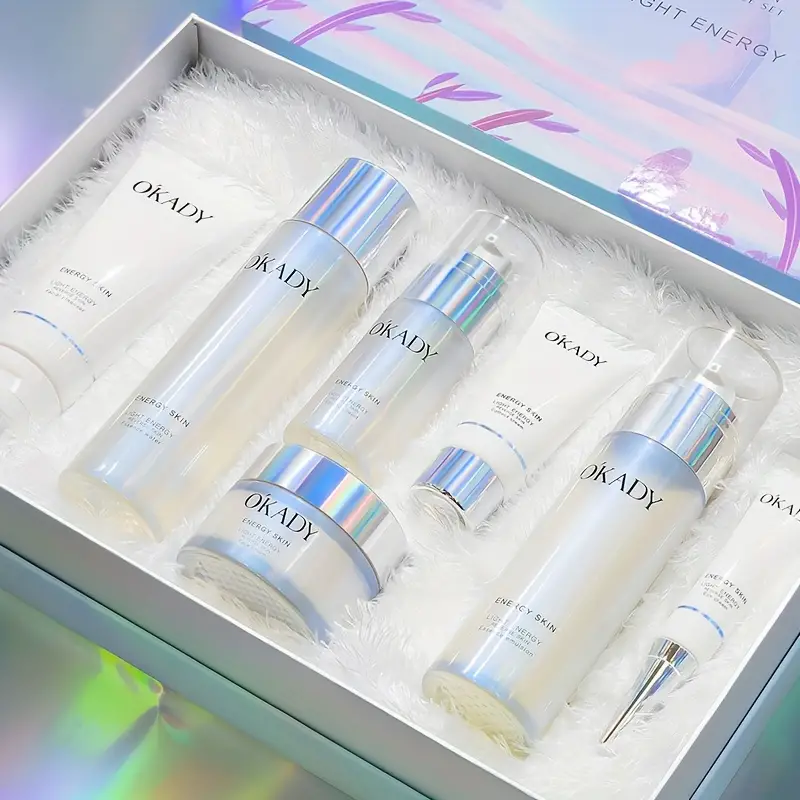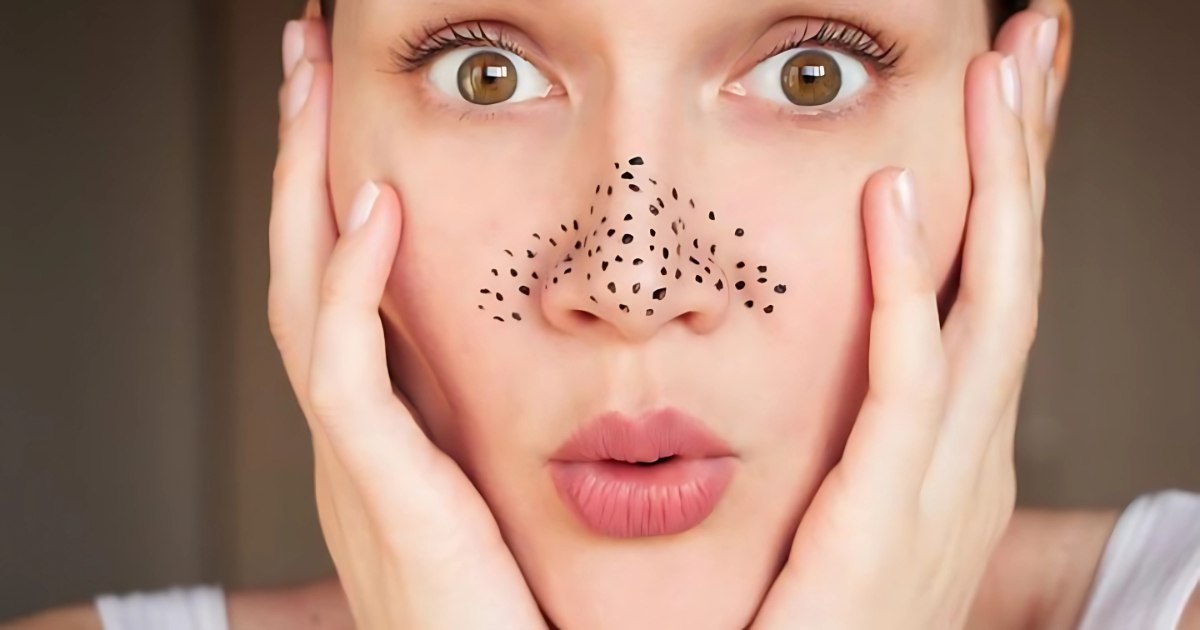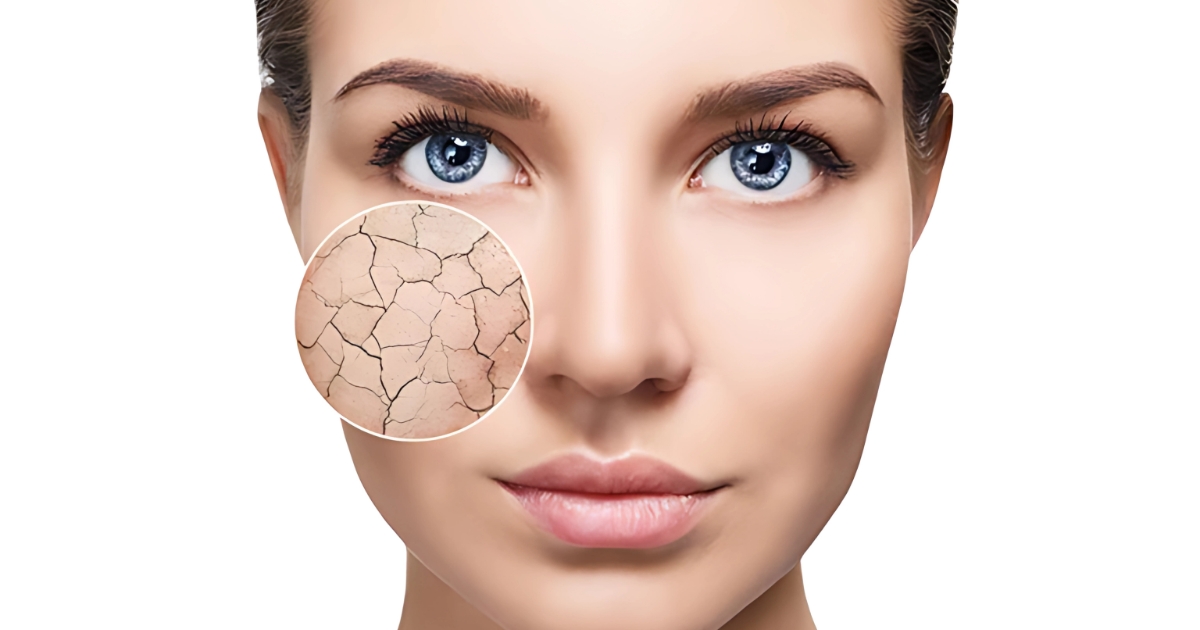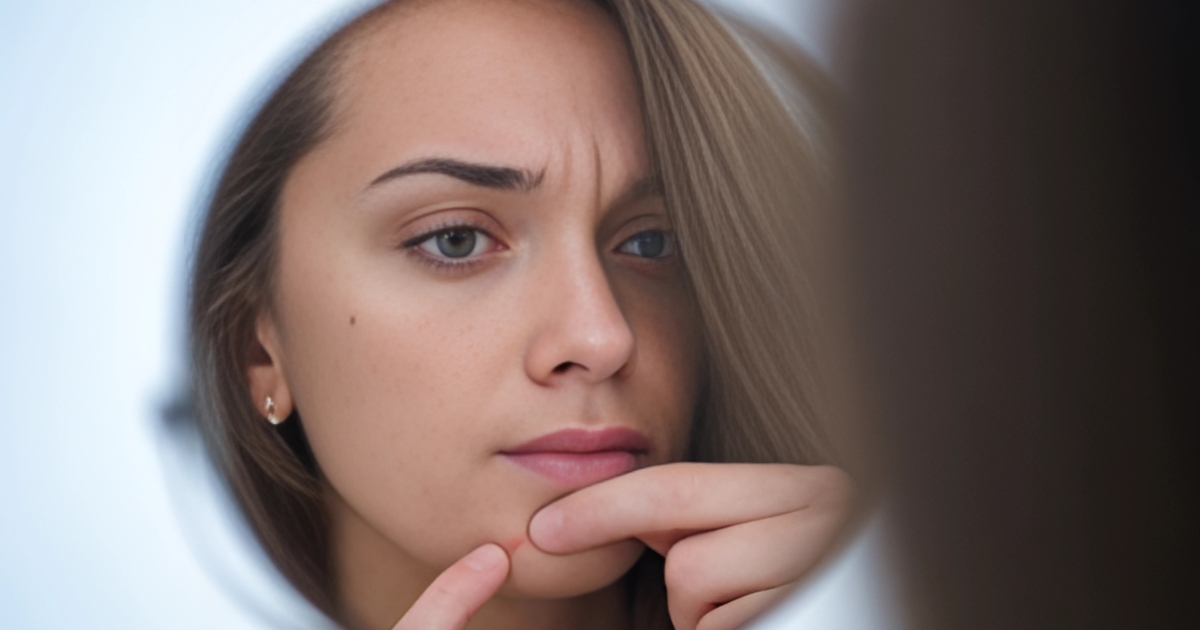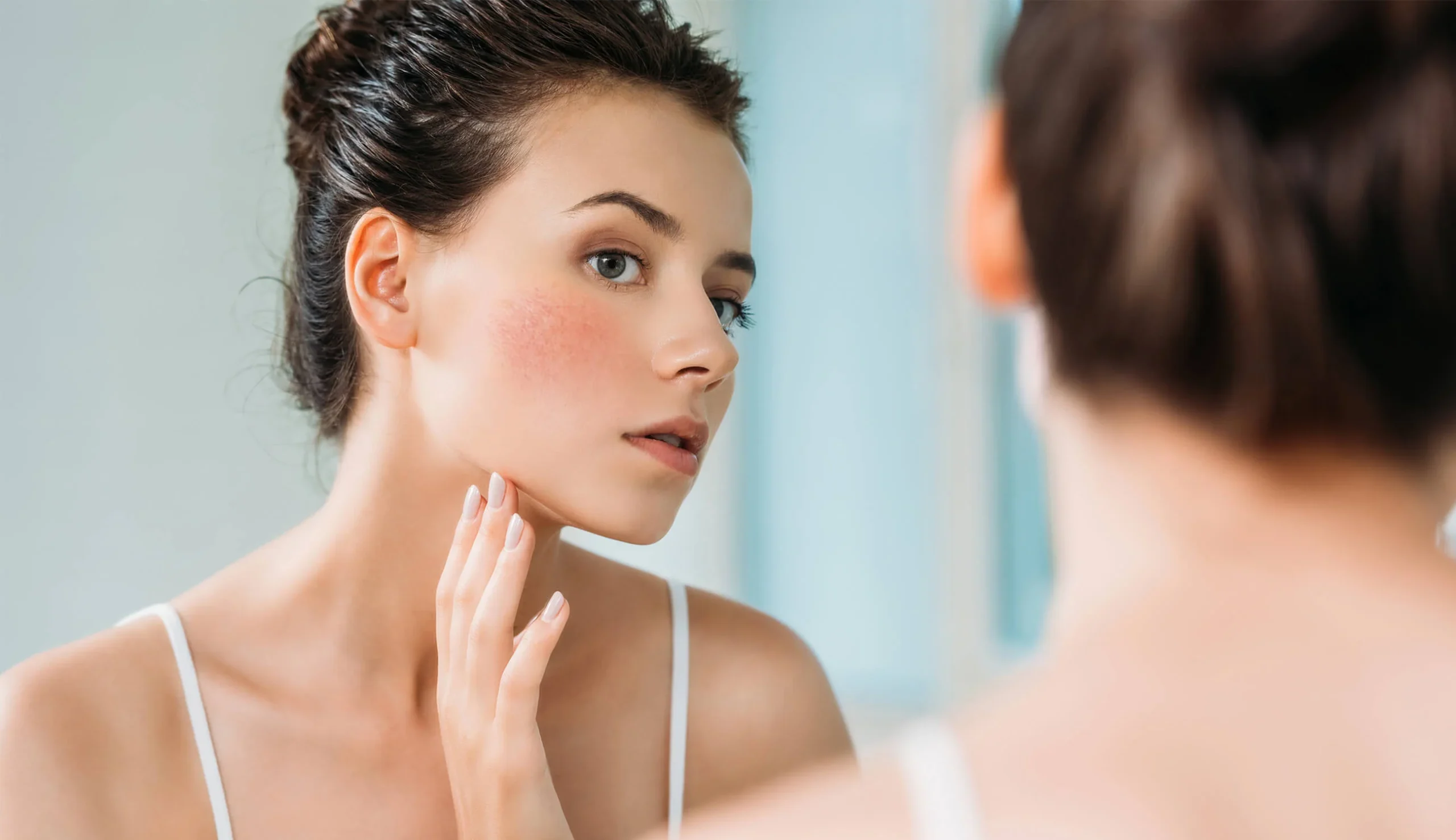
- Home
- Skincare Routin
how to get rid of whiteheads
How to Get Rid of Whiteheads
Dealing with stubborn whiteheads can be really tough. It’s not just about looking good—it’s about feeling confident and having healthy skin. These small, white bumps can pop up anywhere on your face. They block pores and make your skin look uneven, affecting how you feel about yourself.To get rid of whiteheads, you need a plan that fits your skin. It’s about knowing your skin and using the right treatments. Whether you get whiteheads sometimes or all the time, learning how to handle them can change your skincare game. It can help you get the clear, glowing skin you want.
Key Takeaways
- Understand the root causes of whitehead formation
- Learn professional and natural treatment methods
- Develop a consistent skincare routine
- Recognize different types of acne
- Implement preventative skincare strategies
Understanding Whiteheads vs. Blackheads: Key Differences
Skin health can be complex, especially with different types of acne. The world of whiteheads vs. blackheads might seem confusing. But knowing their unique traits can help you care for your skin better.
Differences Between Whiteheads and Blackheads:
- Whiteheads: Closed pores, appear white or skin-colored, trapped beneath the skin.
- Blackheads: Open pores, dark or black appearance, exposed to air and oxidized.
What Causes Whiteheads to Form
Whiteheads form when hair follicles get clogged with:
- Dead skin cells
- Excess sebum (oil)
- Bacteria
Unlike blackheads, whiteheads are closed comedones. They look like small, flesh-colored or white bumps on your skin. They happen when the pore stays blocked, stopping the trapped stuff from changing color.
The Science Behind Closed Comedones
Closed comedones, or whiteheads, form when sebaceous glands make too much oil. This extra oil gets stuck under the skin, making a small, white bump. Hormonal changes, genetics, and skincare habits can lead to whiteheads.
Professional Treatment Options for Whitehead Removal
Dealing with stubborn whiteheads can be tough. But professional treatments offer effective solutions for clear, healthy skin. Dermatologists use advanced techniques to address comedones and help you get a smoother complexion.
Professional Treatments Include:
- Professional Extraction Techniques: Using a comedone extractor to safely remove blocked pores without causing skin damage.
- Chemical Peel Treatments: Removes dead skin layers and unclogs pores.
- Microdermabrasion: Exfoliates the skin to prevent clogged pores.
- Laser Therapy: Targets sebaceous glands and reduces oil production.
“Professional treatments can provide targeted solutions that over-the-counter products cannot match.” – Dermatology Experts
Natural Remedies and Home Solutions for Whiteheads
Dealing with whiteheads doesn’t need to cost a lot. Your kitchen and natural remedies can help a lot. They can make a great face mask and skincare solution.
Essential Oils for Skin Clarity:
- Tea Tree Oil: Natural antibacterial properties that unclog pores.
- Lavender Oil: Reduces inflammation and helps skin heal.
- Frankincense Oil: Minimizes skin imperfections.
DIY Face Masks for Whitehead Treatment:
- Honey: Antibacterial and moisturizing. Apply directly or mix with clay.
- Bentonite Clay: Draws out impurities and reduces oil. Mix it with apple cider vinegar.
- Egg White: Tightens pores and removes excess oil. Whip it and apply as a mask.
Kitchen Ingredients That Fight Whiteheads:
- Yogurt: Contains lactic acid for gentle exfoliation.
- Turmeric: Reduces inflammation and fights bacteria.
- Oatmeal: Soothes and cleanses the skin.
“Natural remedies offer gentle yet effective solutions for managing whiteheads without harsh chemicals.” – Dermatology Insights
Prevention Tips and Daily Skincare Routine
To keep big blackheads and whiteheads away, you need a consistent skincare plan. Your daily routine is key to preventing skin problems and keeping your skin clear and healthy.
Daily Skincare Routine:
- Cleanse twice daily with a gentle, non-comedogenic cleanser.
- Use lukewarm water to avoid stripping natural skin oils.
- Choose alcohol-free toners to balance skin pH.
- Exfoliate 1-2 times weekly to remove dead skin cells.
Recommended Products:
- Salicylic acid-based cleansers.
- Lightweight, oil-free moisturizers.
- Sunscreen with at least SPF 30.
- Clay masks for deep pore cleansing.
Pro Tip: Try not to touch your face all day. This helps prevent bacteria from clogging pores.
Don’t forget that diet and hydration are important for your skin. Drink lots of water, eat a balanced diet with fruits and veggies, and get enough sleep. This helps your skin heal naturally.
Conclusion
Dealing with whiteheads needs a smart plan that uses many methods. You must know the causes, try different removers, and stick to a skincare routine. Treatments, natural fixes, and specific skincare plans help fight these tough spots.
Everyone’s skin is different, so what works for one might not work for another. Trying out various whitehead removers can find the best one for you. Remember, getting rid of skin issues takes time and effort.
The best way to handle whiteheads is a complete approach. Mix professional treatments, natural solutions, and a good skincare plan to lessen and stop these annoying spots. Taking care of your skin shows you care about your health. Eat well, drink plenty of water, and shield your skin from harm.
Getting clear skin is possible with the right information and dedication. Keep learning about your skin, follow your whitehead remover plan, and seek help from skincare experts when needed. Your path to glowing, healthy skin begins with knowledge and active care.
FAQ
What exactly are whiteheads?
Whiteheads are small, closed bumps on your skin. They happen when hair follicles get clogged with oil, dead skin, and sebum. Unlike blackheads, they stay closed and look white or flesh-colored.
How are whiteheads different from blackheads?
Whiteheads are closed pores that stay sealed. Blackheads, on the other hand, are open pores that get exposed to air. This makes blackheads turn dark. Whiteheads are harder to treat and remove than blackheads.
What causes whiteheads to form?
Many things can cause whiteheads. Hormonal changes, too much oil, dead skin, and genetics are some. Also, bad skincare and comedogenic products can clog pores.
Can I remove whiteheads at home safely?
You can try to remove whiteheads at home, but it’s safer to see a pro. If you do it yourself, use a comedone extractor gently. Always clean your tools and avoid too much pressure to avoid skin damage.
Are there effective natural remedies for whiteheads?
Yes, there are natural ways to fight whiteheads. Tea tree oil, salicylic acid, clay masks, and gentle exfoliation can help. Essential oils like lavender and tea tree are good for acne-prone skin because they’re antibacterial.
How long does it take to see results when treating whiteheads?
You might see improvements in 4-6 weeks with regular treatment. But, results can vary. It depends on your skin, treatment, and why you got whiteheads. Stick to a good skincare routine and be patient.
Can diet affect whitehead formation?
Yes, what you eat matters. Foods with a lot of sugar, dairy, and carbs can make your skin worse. Eating foods full of antioxidants, omega-3s, and low in sugar can help your skin.
When should I see a dermatologist about my whiteheads?
See a dermatologist if your whiteheads don’t go away, you have a lot of acne, or if it hurts. They can give you a plan that’s just for you and prescribe medicines if needed.

